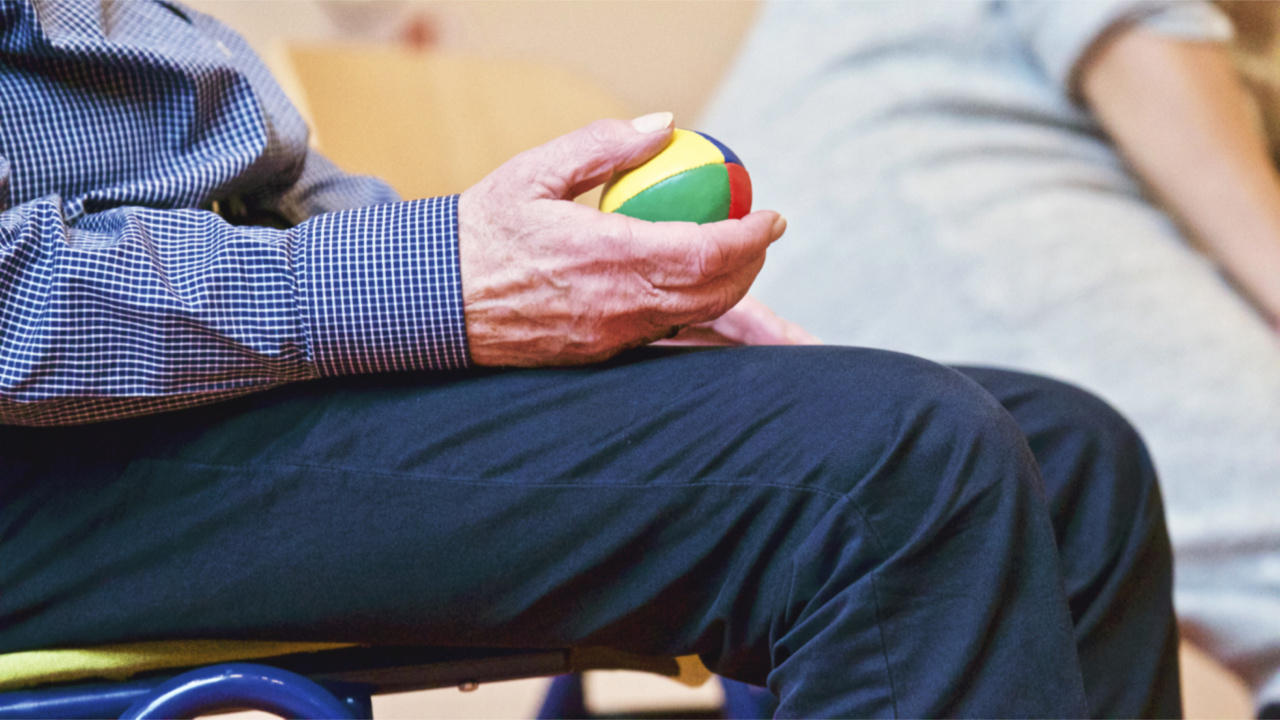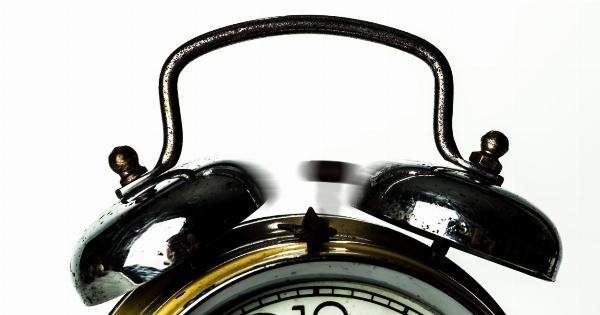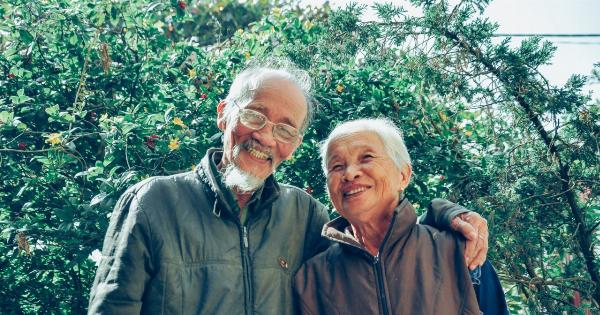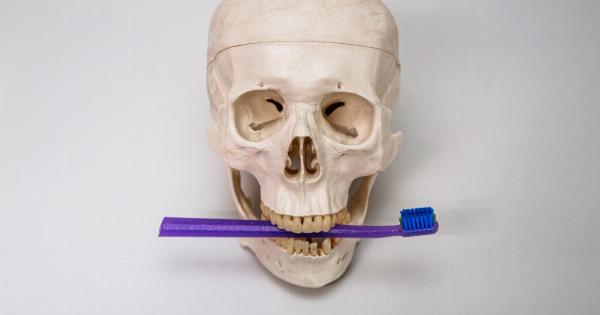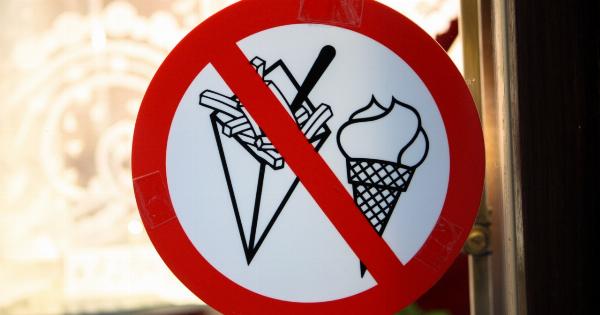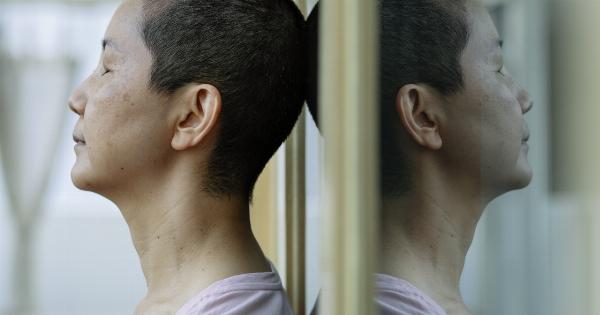As individuals age, hormonal changes occur in their bodies, and one of the significant changes is a decline in testosterone levels.
Testosterone is a hormone that is crucial for the development and maintenance of male characteristics and reproductive functions. Testosterone therapy aims to restore testosterone levels in the elderly, offering several benefits in terms of physical and mental well-being.
The Importance of Testosterone in the Elderly
In elderly individuals, low testosterone levels can lead to various health issues.
Some common symptoms associated with low testosterone levels include reduced libido, erectile dysfunction, decreased muscle mass, fatigue, depression, and cognitive decline.
Testosterone has a vital role in maintaining bone health. Low testosterone levels can increase the risk of osteoporosis and fractures in the elderly.
Additionally, testosterone plays a critical role in regulating fat distribution, and low levels can contribute to an increase in body fat and a decrease in lean muscle mass.
How Does Testosterone Therapy Work?
Testosterone therapy involves the administration of testosterone to raise hormone levels in individuals with clinically low testosterone levels. There are different methods of testosterone administration, including:.
1. Testosterone Injections
Testosterone injections are a commonly used method for testosterone replacement therapy. The hormone is injected into the muscle typically every 2-3 weeks. This method provides a sustained release of testosterone into the bloodstream.
2. Testosterone Gels or Patches
Gels or patches containing testosterone can be applied to the skin, allowing for absorption through the skin and into the bloodstream. These products are usually applied daily or as prescribed by a healthcare professional.
3. Testosterone Pellets
Testosterone pellets are implanted under the skin, typically in the buttocks or abdomen, through a minor outpatient surgical procedure. These pellets slowly release testosterone over a period of several months.
Benefits of Testosterone Therapy for the Elderly
Testosterone therapy offers various benefits for elderly individuals with low testosterone levels. These benefits may include:.
1. Improved Sexual Function
Restoring testosterone levels can help improve libido, sexual desire, and erectile function in elderly individuals. It can also enhance overall sexual satisfaction and performance.
2. Increased Muscle Mass
Testosterone plays a crucial role in building and maintaining muscle mass. Testosterone therapy can help improve muscle strength and increase lean muscle mass in elderly individuals.
3. Enhanced Mood and Energy Levels
Low testosterone levels can contribute to fatigue, depression, and irritability. Testosterone therapy may help alleviate these symptoms, improving overall mood and energy levels.
4. Improved Cognitive Function
Studies suggest that testosterone therapy may have positive effects on cognitive function in elderly individuals. It may improve memory, cognitive speed, and verbal fluency.
5. Increased Bone Density
Testosterone has a significant impact on bone health. Testosterone therapy can help increase bone density, reducing the risk of osteoporosis and fractures in the elderly.
Risks and Side Effects of Testosterone Therapy
While testosterone therapy offers numerous benefits, it is essential to consider the potential risks and side effects. Some potential risks and side effects include:.
1. Polycythemia
Testosterone therapy can stimulate the production of red blood cells. In some cases, this may lead to an increase in the volume and thickness of blood, a condition known as polycythemia.
2. Prostate Issues
Elderly men considering testosterone therapy should have their prostate examined before starting treatment. Testosterone therapy can exacerbate prostate-related issues, such as benign prostatic hyperplasia (BPH) or prostate cancer.
3. Skin Irritation
Testosterone gels or patches can cause skin irritation or allergic reactions in some individuals. It is important to follow the instructions regarding application and inform healthcare professionals about any adverse reactions.
Conclusion
Testosterone therapy can be an effective treatment option for elderly individuals with clinically low testosterone levels.
It can help improve various aspects of physical and mental well-being, including sexual function, muscle mass, mood, energy levels, cognitive function, and bone density. However, it is crucial to consider the potential risks and side effects associated with testosterone therapy and consult with healthcare professionals to determine the most appropriate course of treatment.
